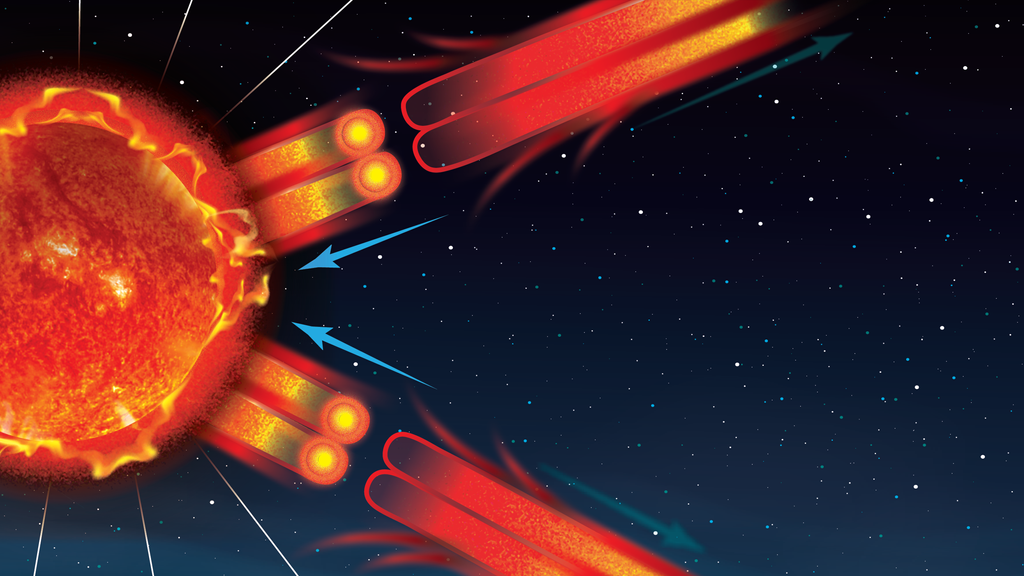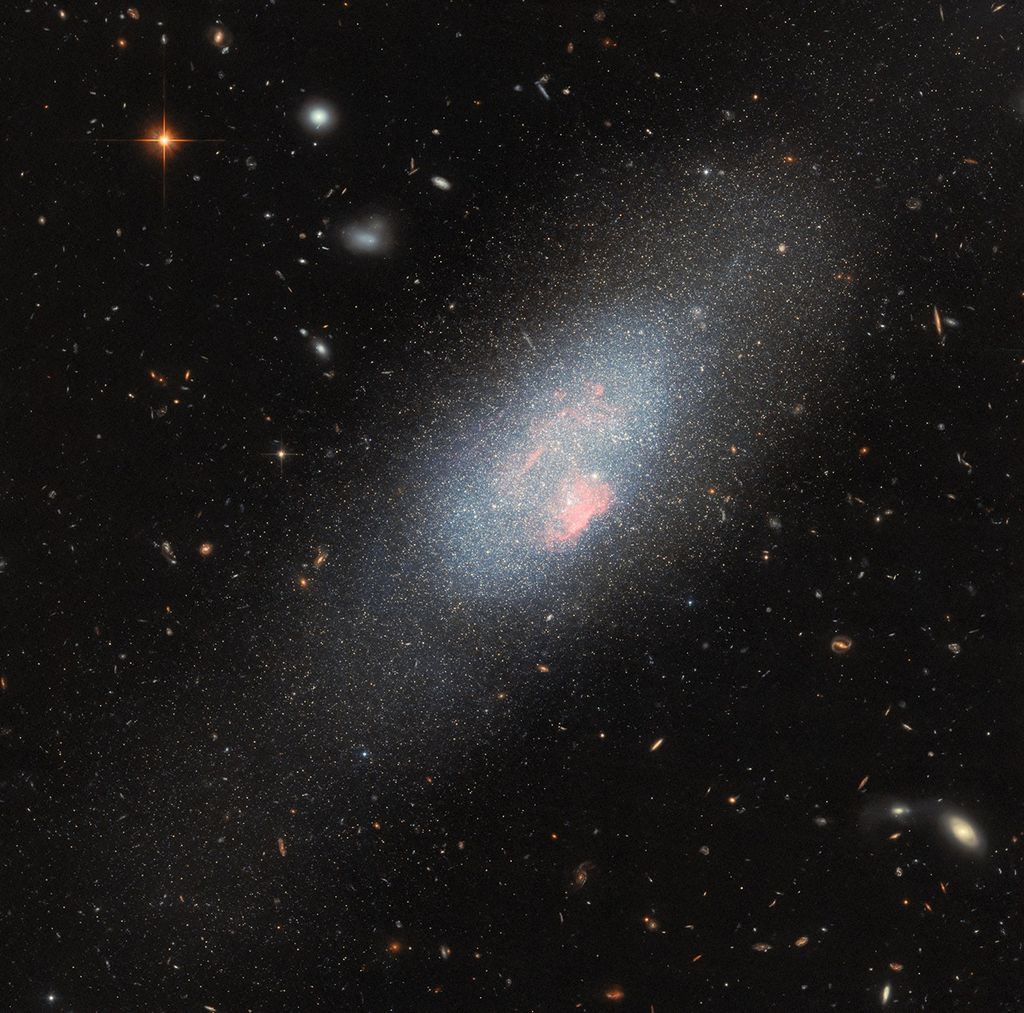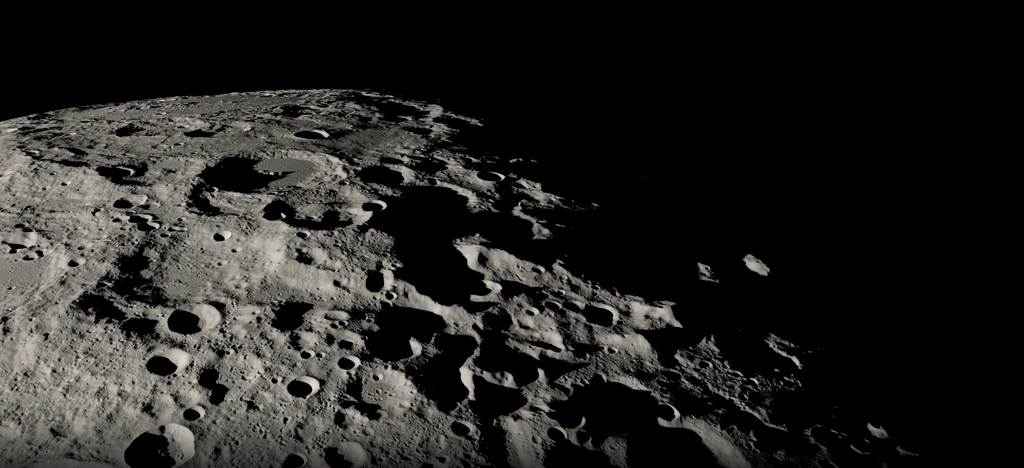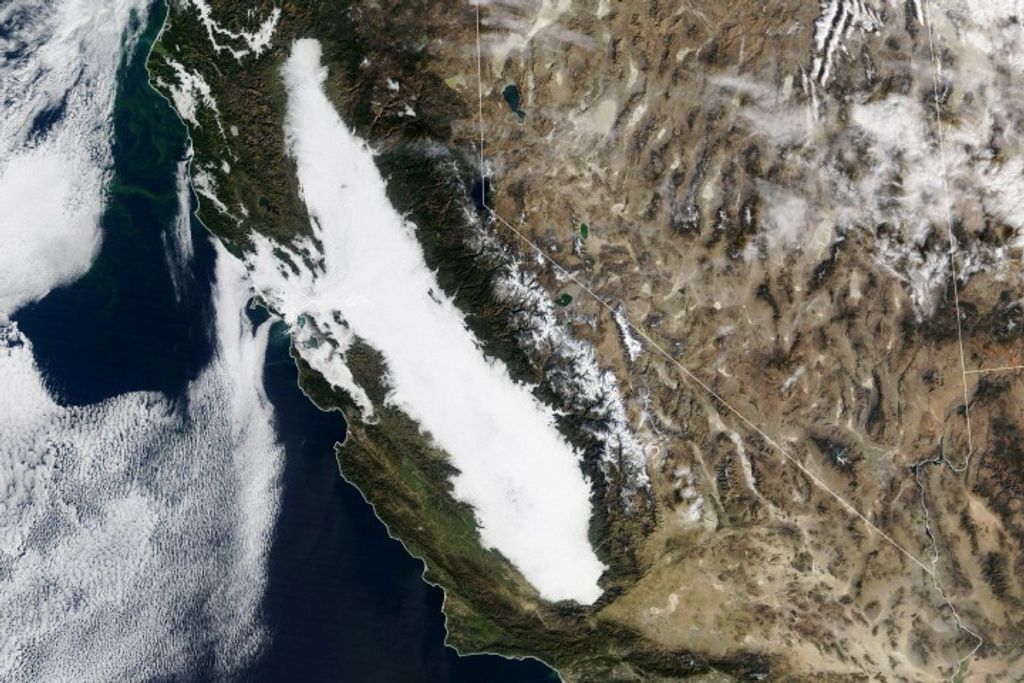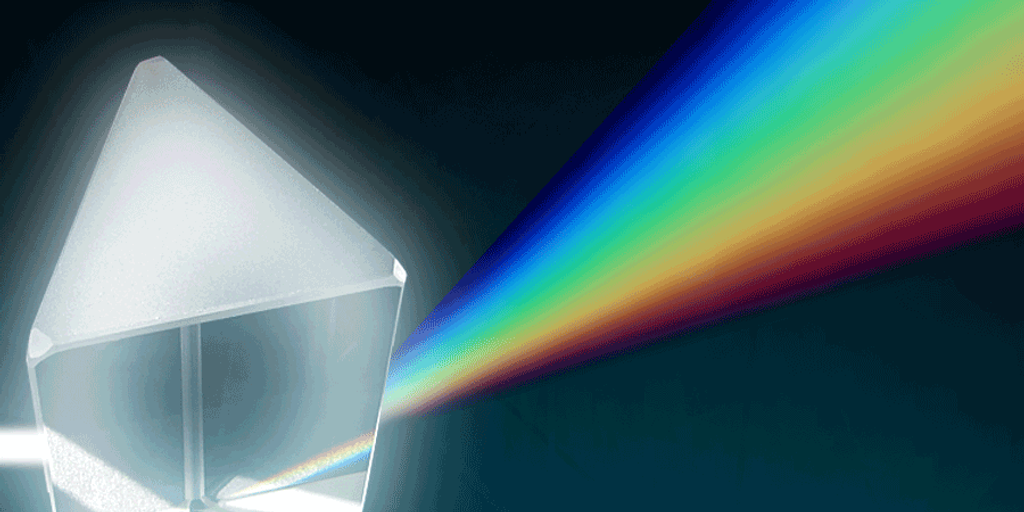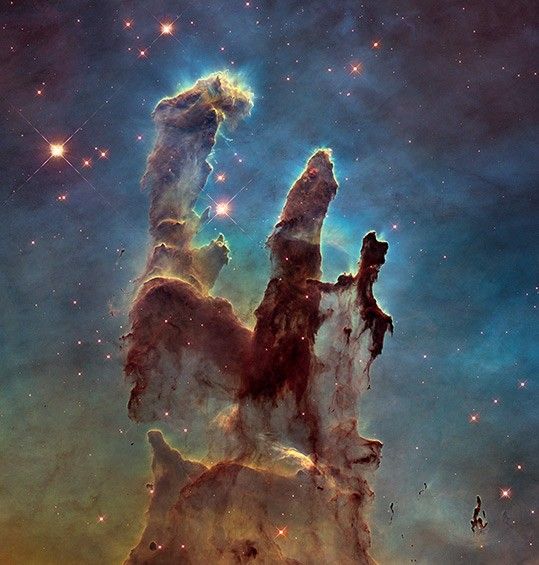1 min read
LMC Passing through Milky Way Halo (Artist’s Concept)

This artist's concept shows the Large Magellanic Cloud, or LMC, in the foreground as it passes through the gaseous halo of the much more massive Milky Way galaxy. The encounter has blown away most of the spherical halo of gas that surrounds the LMC, as illustrated by the trailing gas stream reminiscent of a comet's tail. Still, a compact halo remains, and scientists do not expect this residual halo to be lost. The team surveyed the halo by using the background light of 28 quasars, an exceptionally bright type of active galactic nucleus that shines across the universe like a lighthouse beacon. Their light allows scientists to "see" the intervening halo gas indirectly through the absorption of the background light. The lines represent the Hubble Space Telescope's view from its orbit around Earth to the distant quasars through the LMC's gas.
Extended Description and Image Alt Text
Extended Description
Artist’s concept shows two main elements: 1) a small-looking, whitish-yellow, whirlpool-like spiral galaxy at the middle of the top edge of the graphic, and 2) a large tadpole-shaped structure with a tail-like stream trailing diagonally from left to right across the lower half of the graphic. The spiral galaxy represents our Milky Way galaxy, and a label pointing to a location in its outer, left reads “Earth.” A faint, purple haze labeled “Milky Way Halo” surrounds the spiral galaxy and stretches to the edges of the graphic. Crashing through this haze is the tadpole-shaped object, which represents a neighboring dwarf galaxy called the Large Magellanic Cloud, or LMC, along with its own gaseous halo and streaming tail. From the perspective of the viewer, the LMC appears much larger than the Milky Way, even though it is actually much smaller. A semi-circular area labeled “LMC Halo,” is depicted in progressively darker layers of purple as they move outward to the left from the LMC. The LMC appears roughly circular, with a bright yellow bar in the center. Faint, blue, wispy, cloudlike features surround this yellow bar, and they are sprinkled with tiny white specks. Trailing the LMC is a large, wide, tattered, tail-like feature labeled “Stream.” This stream appears four times wider than the LMC and it trails about 25 times longer than the diameter of the LMC. At the bottom of the left corner of the graphic, below the LMC and its halo, are several small, bright points of light labeled “Quasars.” Three light blue lines emanate downward through the LMC’s halo. These lines point to three corresponding quasars from the spiral galaxy in the location labeled “Earth.” Each of the three lines features an arrowhead pointing toward a quasar. These lines represent the Hubble Space Telescope’s line of sight from its orbit around Earth to the distant quasars through the LMC’s gas. At the bottom, right corner is the label “Artist’s Concept.”
Image Alt Text
A whitish, whirlpool-like galaxy at middle of top edge, and a tadpole-shaped structure sweeps from left to right across lower half. A label pointing to outer, left of galaxy reads “Earth.” Faint, purple haze labeled “Milky Way Halo” surrounds galaxy and stretches to graphic’s edges. The tadpole-shaped object is the Large Magellanic Cloud, or LMC, with its own halo and streaming tail. Semi-circular, progressively darker layers of purple labeled “LMC Halo” surround the LMC, which appears roughly circular, with a central, light yellow bar. Cloud-like features sprinkled with white specks surround this bar. Trailing the LMC is a large, tail-like feature labeled “Stream.” At the bottom left corner of graphic are several small, bright points of light labeled “Quasars.” Three light blue lines point from the label “Earth” through the LMC’s halo, and to three corresponding quasars. At the bottom, right corner is the label “Artist’s Concept.”
- Release DateNovember 14, 2024
- Science ReleaseNASA’s Hubble Sees Aftermath of Galaxy’s Scrape with Milky Way
- CreditNASA, ESA, Ralf Crawford (STScI)
Downloads
Related Images & Videos

LMC Passing through Milky Way Halo (3-Panel Artist's Concept)
This artist's concept illustrates the Large Magellanic Cloud's (LMC's) encounter with the Milky Way galaxy's gaseous halo. In the top panel, at the middle of the right side, the LMC begins crashing through our galaxy's much more massive halo. The bright purple bow shock...

Closeup of the LMC and Its Halo (Artist's Concept)
This artist's concept shows a closeup of the Large Magellanic Cloud (LMC), a dwarf galaxy that is one of the Milky Way galaxy's nearest neighbors. Scientists think that the LMC has just completed its closest approach to the much more massive Milky Way. This encounter has blown...
Share
Details
Claire Andreoli
NASA’s Goddard Space Flight Center
Greenbelt, Maryland
claire.andreoli@nasa.gov
NASA, ESA, Ralf Crawford (STScI)



